We often underestimate animals by thinking they lead simple lives, driven by basic instincts alone. But, as you’ll see in this list, animals show emotional intelligence in ways that might surprise you. From elephants grieving to cats understanding your mood, their emotional depth is worth exploring. Dive in and you might find animals have more in common with us than we thought. Let’s uncover how these creatures demonstrate emotional intelligence.
1. Elephants Grieve For Their Lost Ones
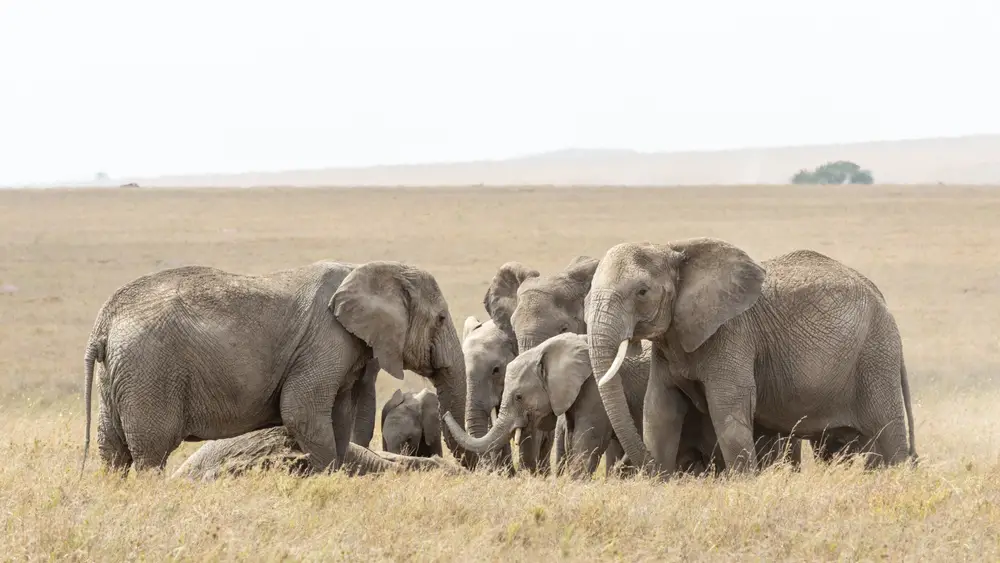
Elephants are known for their incredible memories, but did you know they also grieve for their dead? When a member of their herd passes away, elephants often engage in mourning rituals. They have been observed touching the bones of the deceased and standing vigil over the body. Joyce Poole, an elephant behavior expert, has noted these mourning behaviors as clear signs of their emotional depth. These actions suggest that elephants experience loss and sorrow in a way that echoes human emotion.
It’s not just a passing moment for them either. Elephants have been seen returning to the sites where their loved ones died, even years later. This behavior shows a deep-seated sense of attachment and memory. Their ability to grieve points to a level of emotional intelligence that defies the simplistic view of them as just big, gentle giants. They are complex creatures with a capacity for complex emotions.
2. Dogs Sense Your Emotional State

There’s a reason dogs are called “man’s best friend.” Dogs have an uncanny ability to pick up on their owners’ emotional states. If you’re feeling down, don’t be surprised if your dog comes over to comfort you. They can recognize subtle changes in your voice and body language, responding with affection or concern. This ability to empathize with humans shows emotional intelligence that goes beyond simple obedience.
Dogs’ emotional sensitivity isn’t just limited to negative emotions. If you’re happy and excited, they’re likely to mirror that energy and engage in play. This responsiveness to human emotions helps strengthen the bond between dogs and their owners. They aren’t just reacting to commands; they’re attuned to your emotional world. The connection between you and your dog is a testament to their emotional awareness.
3. Dolphins Display Empathy

Dolphins are often celebrated for their intelligence, but their emotional intelligence is equally remarkable. They have been documented showing empathy toward injured or distressed individuals, both dolphins and humans. A study published in the Journal of Mammalogy highlighted instances where dolphins supported sick or injured pod members by swimming alongside them. This behavior shows a level of concern and understanding that resembles human empathy. Dolphins’ ability to comprehend and respond to the needs of others is a sign of their emotional sophistication.
These creatures also engage in group behaviors that require an understanding of social dynamics and emotional cues. For example, dolphins have been seen working together to rescue individuals who are trapped or in danger. Such cooperative behavior suggests they possess a keen sense of others’ states and feelings. Their empathetic actions are not just instinctual but indicative of a deeper emotional intelligence. By supporting each other, dolphins demonstrate that they are capable of compassion.
4. Cats Recognize Human Moods

While cats might seem aloof, they are more emotionally attuned than you might expect. Studies show that cats can recognize human emotions, even if they don’t always react as overtly as dogs. When you’re stressed or upset, your feline friend may come to sit with you or offer a gentle nudge. This indicates that cats can pick up on your emotional cues and respond accordingly. Their understanding may not be as flashy, but it certainly points to their emotional intelligence.
Cats often choose to express their understanding in subtle ways. They might purr more often or stay close by when they sense you’re having a tough day. These behaviors suggest that cats have a nuanced way of interpreting and responding to human emotions. Their form of emotional intelligence is unique, yet undeniable. Cats may not always show overt displays of empathy, but they’re keenly aware of your feelings.
5. Primates Show Complex Social Emotions

Primates, sharing much of our DNA, display emotional intelligence in ways that closely mirror humans. They’ve been observed exhibiting emotions like jealousy, compassion, and even guilt. According to research by primatologist Frans de Waal, primates engage in reconciliation behaviors after conflicts, demonstrating an understanding of social harmony. These behaviors go beyond mere instinctual reactions and suggest a complex emotional life. Primates’ social dynamics require a level of emotional intelligence that is both intricate and profound.
In their groups, primates manage relationships with a sophisticated grasp of social interactions. They use grooming, gestures, and vocalizations to communicate and maintain bonds. Such behaviors indicate that they are capable of understanding and managing emotions to foster community well-being. Their emotional intelligence is evident in their ability to navigate complex social webs. By managing their emotions, primates maintain group cohesion and peace.
6. Birds Display Mourning Behavior
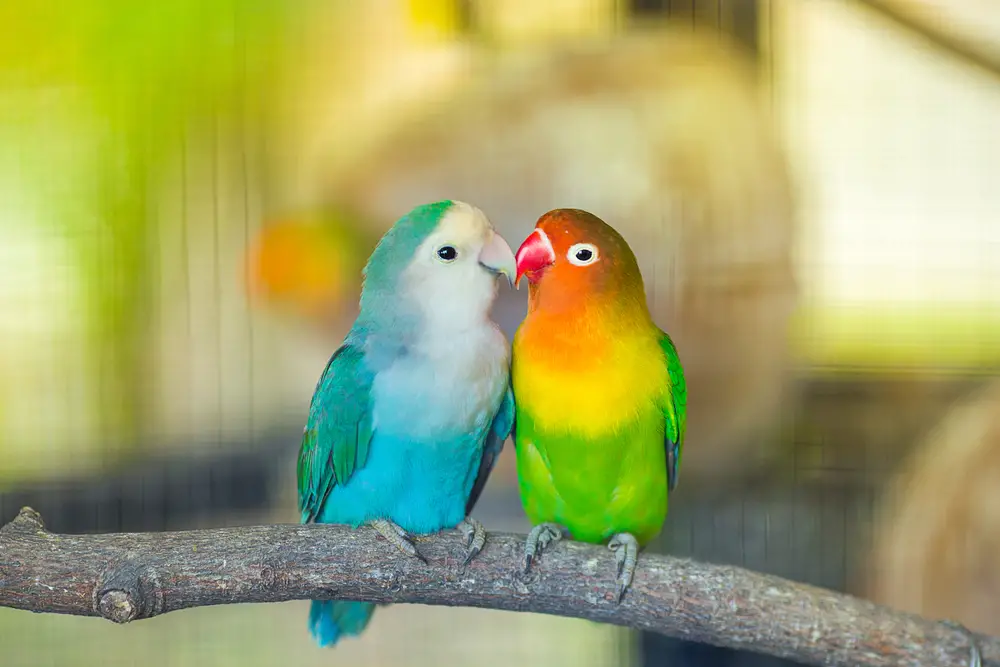
Birds are often seen as creatures of habit and instinct, yet they show remarkable emotional intelligence. Some bird species have been observed exhibiting mourning behavior when a mate or offspring dies. Magpies, for instance, have been seen gathering around their deceased, touching the body with their beaks as if paying their respects. This suggests an understanding of loss and an emotional response to death. Mourning in birds shows that they, too, have a depth of emotion that is often overlooked.
This behavior is not isolated to magpies alone. Other birds, such as crows, have shown similar actions, indicating a shared capacity for grief among different species. These rituals may serve to strengthen social bonds among the surviving birds. By acknowledging the loss, birds demonstrate a level of emotional intelligence that transcends their small size. They are more emotionally aware than given credit for.
7. Rats Display Empathy And Altruism
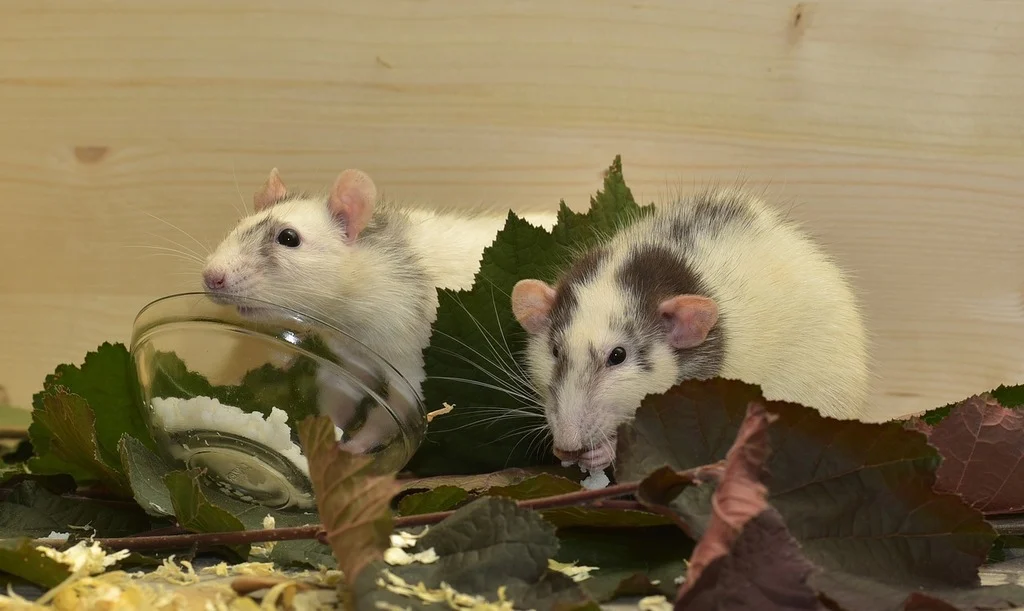
Rats might not be the first animal you think of when it comes to emotional intelligence, but they have shown surprising empathy. Research led by neuroscientist Peggy Mason at the University of Chicago found that rats will free trapped companions, even if there’s no tangible reward. This behavior points to a level of empathy and altruism that is quite sophisticated for rodents. The ability to understand and respond to another’s distress suggests a complex emotional life. Rats’ actions are motivated by something more than self-interest.
This empathy extends beyond in-group members. Studies have shown that rats will help stranger rats, indicating an understanding of distress that transcends familiar bonds. Such actions demonstrate that their emotional intelligence includes recognizing and alleviating the suffering of others. The presence of empathy and altruism in rats challenges the perception of them as simple pests. They are capable of complex emotional behavior.
8. Horses Sense Human Emotions
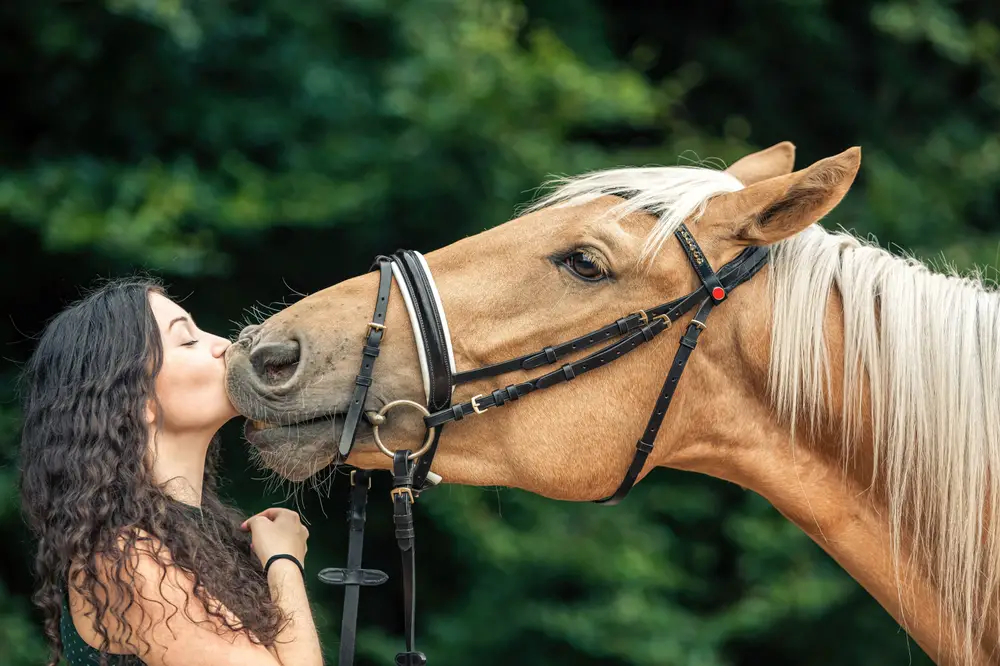
Horses have a long history of interacting with humans, and they are remarkably sensitive to human emotions. They can pick up on subtle cues in body language and tone of voice to gauge a person’s emotional state. When you’re anxious, a horse might become more skittish, mirroring your tension. On the other hand, they can also help calm you when you’re nervous through their steady presence. Their ability to respond to human emotions shows a level of understanding and connection.
Horses communicate with each other using a range of vocalizations and gestures, which they also apply when interacting with people. This ability to read and respond to emotions helps them form strong bonds with their human companions. Their emotional intelligence allows them to act as both responsive partners and supportive companions. This makes them valuable not just as working animals, but as emotional allies. Horses’ understanding of human emotions is a testament to their keen emotional insight.
9. Parrots Form Strong Emotional Bonds
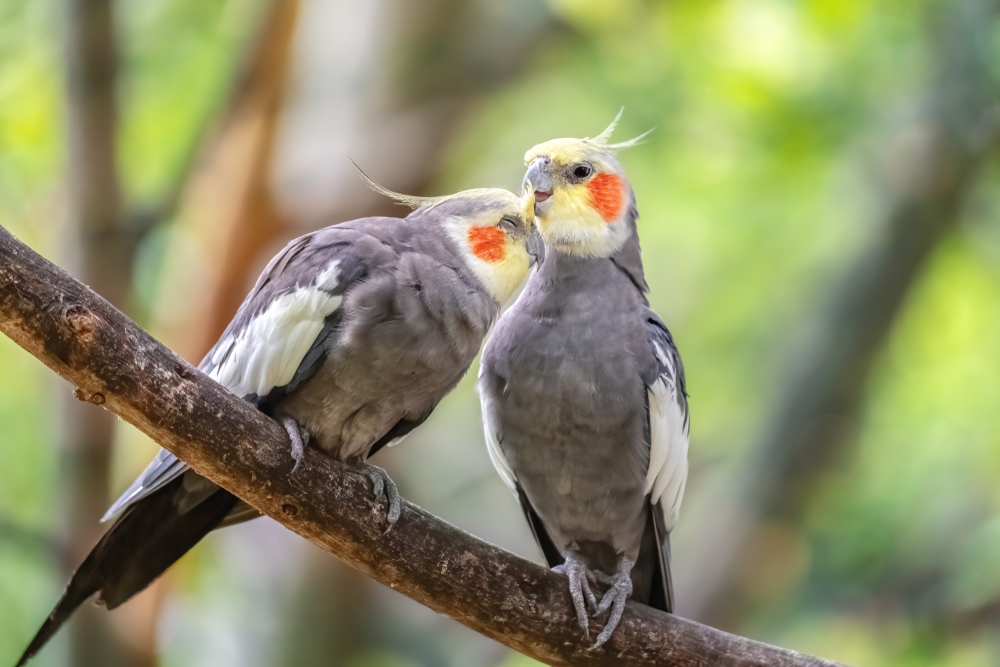
Parrots are not just skilled imitators of human speech; they also form strong emotional bonds with their owners. These intelligent birds have complex social structures and exhibit behaviors that indicate deep emotional connections. Parrots often choose a favorite person and display affection by mimicking phrases and sounds uniquely associated with that individual. This selective bonding demonstrates an ability to understand and reciprocate human emotions. Their emotional intelligence is evident in their interactions.
In their natural habitats, parrots are highly social creatures, frequently engaging in complex social behaviors. This social nature translates into human interactions, as they seek companionship and attachment. Parrots can become stressed or depressed when isolated, highlighting their need for emotional connections. Their capacity to form such bonds with humans shows a level of emotional sophistication. They are more than just colorful talkers; they are emotionally aware companions.
10. Octopuses Exhibit Playfulness
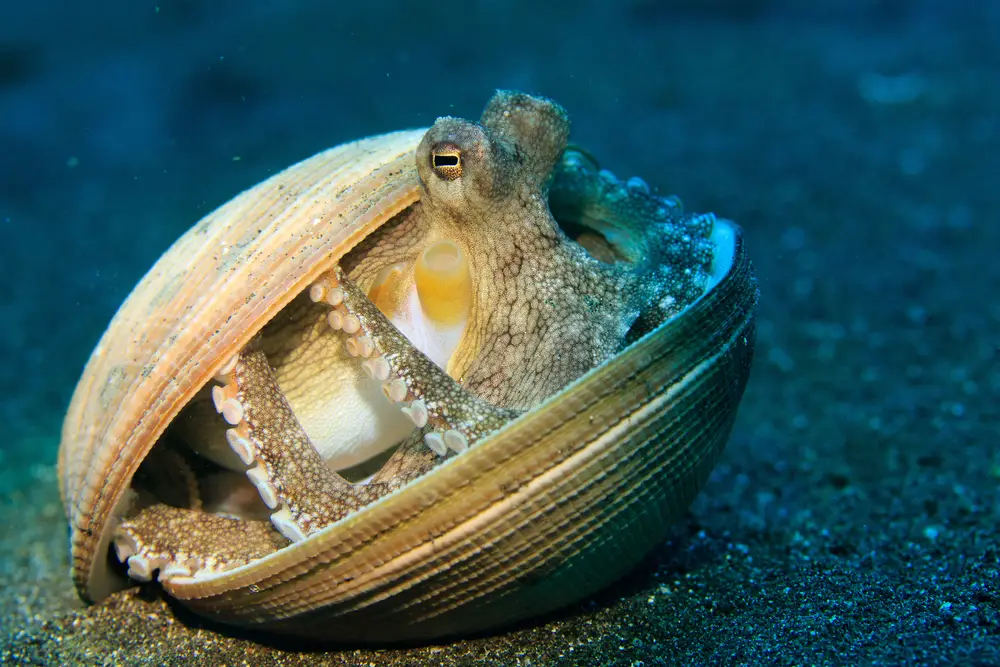
Octopuses are known for their intelligence, but they also display a level of emotional intelligence through playfulness. Researchers have observed octopuses engaging in play-like behavior, such as juggling objects and interacting with their environment in a curious manner. This kind of play suggests a level of cognitive and emotional engagement with their surroundings. The ability to engage in play is often linked to higher intelligence and emotional complexity. Octopuses demonstrate that even solitary animals can have rich emotional lives.
Their play behavior indicates that they experience emotions like curiosity and enjoyment. This adds another layer to their already complex behavior, proving they are not just robotic hunters of the sea. The playful antics of octopuses show a side of them that is often hidden beneath the waves. Their capacity for play suggests an intricate emotional and cognitive world. Octopuses challenge our understanding of what it means to be emotionally intelligent.
11. Wolves Exhibit Loyalty And Cooperation
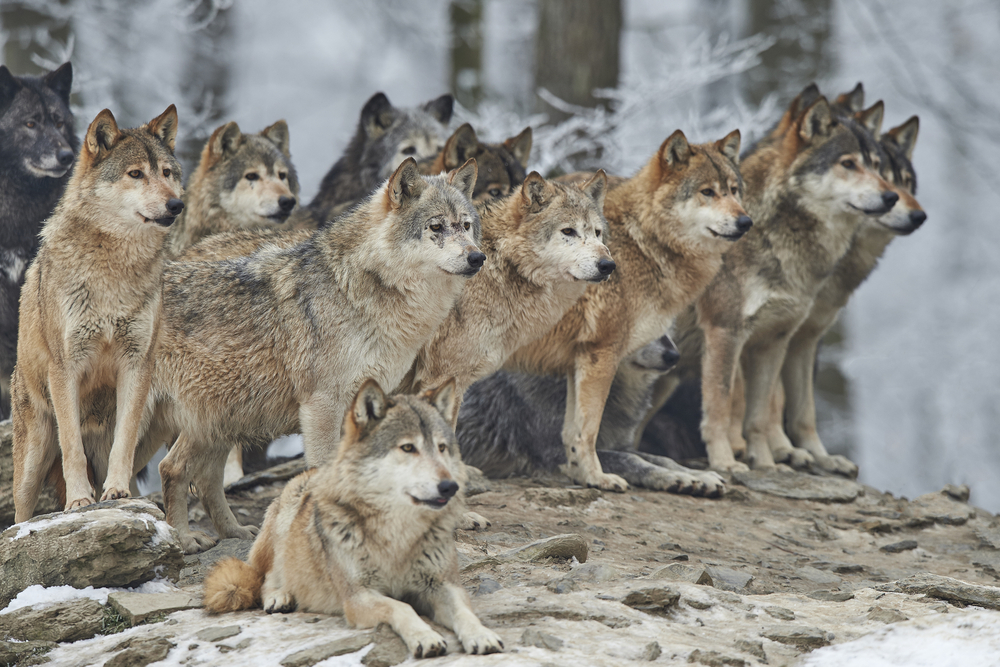
Wolves are often portrayed as fierce predators, but they possess a strong sense of loyalty and cooperation within their packs. These animals rely on intricate social structures to maintain group harmony and survival. Pack members display loyalty by working together to hunt and care for the young. This cooperation is driven by complex social bonds and an understanding of mutual benefit. Wolves’ ability to maintain strong social ties indicates a high level of emotional intelligence.
Their emotional intelligence is also evident in how they communicate with each other. Wolves use a variety of vocalizations, body language, and facial expressions to convey emotions and intentions. This complex communication system allows them to navigate social dynamics and maintain pack unity. Their loyalty and cooperation reflect a deep understanding of social relationships. Wolves are not just instinctual hunters; they are emotionally aware social creatures.
12. Pigs Show Altruistic Behavior
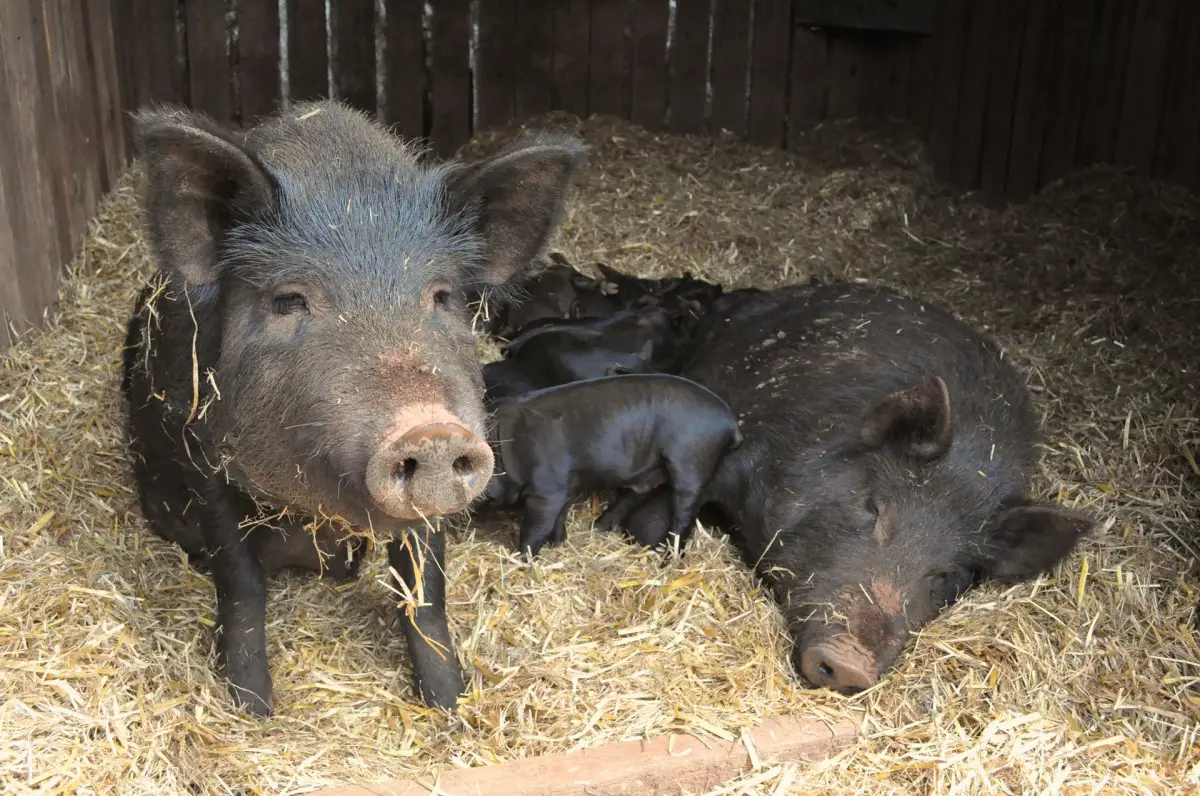
Pigs are often underestimated in terms of intelligence, but they exhibit altruistic behavior that suggests a complex emotional life. Studies have shown that pigs will help each other, even when there is no direct benefit to themselves. This behavior is a clear indication of empathy and an understanding of the needs of others. Pigs’ actions demonstrate a level of emotional intelligence that goes beyond mere survival instincts. They are capable of forming deep social bonds and showing concern for their peers.
Their social nature is evident in their interactions with both humans and other animals. Pigs communicate using a wide range of vocalizations and body language, indicating an ability to express and understand emotions. Their altruistic behavior shows they possess more than just cognitive intelligence. Pigs have an emotional awareness that informs their social interactions. They are emotionally complex creatures capable of empathy.
13. Whales Display Complex Social Behaviors

Whales are majestic creatures with emotional intelligence that matches their impressive size. They engage in complex social behaviors that require understanding and empathy. Whales communicate using a range of vocalizations, or “songs,” that convey emotions and intentions. These songs are often used to bond with others and maintain social cohesion. Whales’ ability to navigate intricate social networks suggests a high level of emotional sophistication.
Their social behaviors extend beyond communication. Whales have been observed caring for injured or sick pod members, displaying empathy and concern. This behavior indicates an understanding of others’ needs and a desire to support the group. Whales’ emotional intelligence is evident in their cooperative and compassionate nature. They are not just oceanic giants; they are emotionally intelligent beings.
14. Bats Use Social Learning
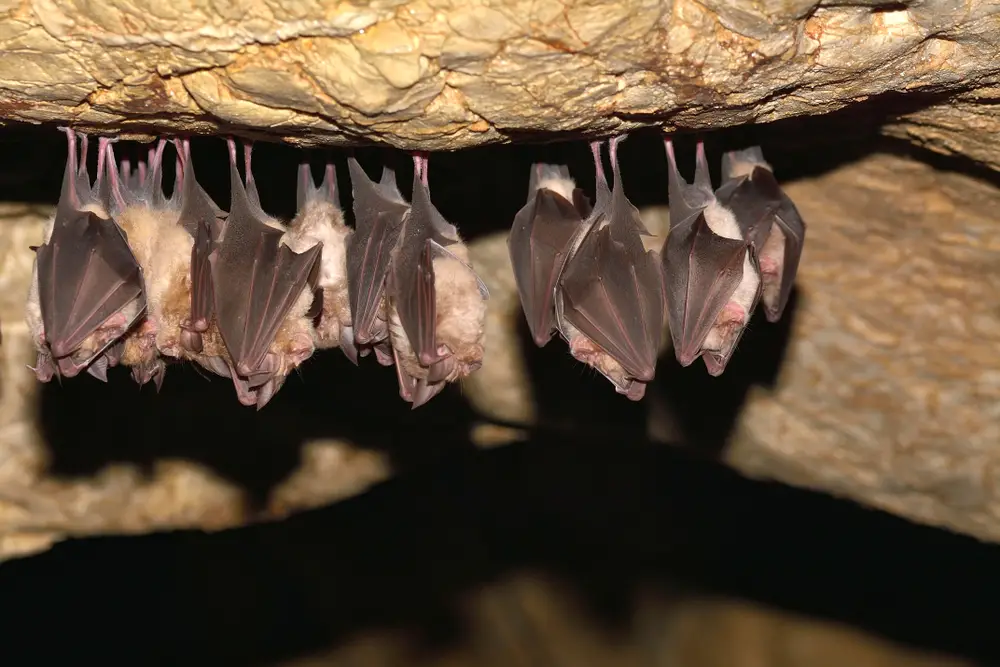
Bats are often associated with mystery, but they exhibit emotional intelligence through social learning. These nocturnal creatures rely on complex social structures to thrive. Bats learn from each other, sharing information about food sources and roosting sites. This social learning indicates an understanding of cooperation and mutual benefit. Their ability to learn from one another demonstrates emotional and cognitive engagement.
Social learning in bats is facilitated by vocalizations and other forms of communication. They use these interactions to maintain social bonds and share knowledge. This behavior shows a level of emotional intelligence that goes beyond basic survival. Bats’ social learning indicates a sophisticated understanding of their environment. These creatures are not just creatures of the night; they are emotionally intelligent animals.
